
Driven to Improve: The Stevens Family Legacy
Traditional ferry service was slow and fickle, so in 1806, Colonel Stevens and his son Robert, in a race with rival Robert Fulton, began building the first steam-powered boat, the Phoenix. While Fulton had the political connections to secure exclusive ferry rights on the Hudson, it was Robert Stevens’ innovative work on steam power that spearheaded the family’s transportation empire. His work on the screw propeller to power steam engines revolutionized water transportation. The dock at Lackawanna Terminal is built in the style pioneered by Robert Stevens.
Colonel Stevens, considered by many to be the father of American railroads, was an early advocate for rail transportation, and was awarded one of the first patents in the U.S. for developing the steam engine. He built a small, circular demonstration railroad track on his estate, and later obtained the first American charter (in 1817) for a railroad, to run from the Delaware River to the Raritan River. In 1823, he incorporated the Pennsylvania Railroad, and in 1830, the Camden and Amboy Railroad, with Robert as the president and Edwin as the treasurer.
As with the screw propeller and steam power, it was Robert who made the monumental contribution to railroads with his invention of the T-rail and spike, which quickly became the standard for railroad design and is still in use today in the railroad tracks that stretch out of the Lackawanna Terminal.
At Stevens Institute’s Davidson Laboratory, experiments in ship design echo the work of the Stevens brothers in improving maritime engineering as well. John Cox Stevens, the Colonel’s eldest son was a yachtsman who built and raced a number of yachts. He founded the New York Yacht Club—in Hoboken, NJ—and in 1851 he helmed the racing yacht “America” to a competition in England and brought home the cup, renaming the race in honor of the boat that won.
The Stevenses also created the Hoboken Land and Improvement Company in 1838 to develop the city as Col. Stevens had originally envisioned, donating many plots of land for civic purposes, including City Hall, several parks and firehouses. The company’s headquarters, designed by Charles Fall and built by Myles Tierney in 1889, still stands at River and Newark Streets, and was added to the National Register of Historic Places in 1979.
Castle Stevens
The Stevens family built their home on the promontory known as Castle Point, overlooking the Hudson River and Manhattan. The original house, Villa Stevens—built around 1784-85—burned down in the early 1850s. “Castle Stevens,” a distinguished 40-room Italianate-style building designed by Alexander Jackson Davis, was built 1854 under the direction of Robert Stevens, who died before it was completed.
Furnished in lavish Victorian style, with ornate crystal chandeliers, including one by Tiffany, heavy velvet curtains in dark red, blue and gold, and elaborate carved wood paneling, its most impressive feature was a 60-foot-high rotunda with a free-standing circular staircase topped by a stained-glass skylight. Subterranean tunnels linked the Castle basement to the greenhouse, a root cellar and a loading dock on the shoreline below.
Many famous historical figures visited the family at Castle Stevens, including the Duke of Newcastle, General George McClellan (former Governor of New Jersey), President Woodrow Wilson, and P.T. Barnum. The first open-air performance of a Shakespeare play in the U.S. was performed on the lawn of the Castle, with Maurice Barrymore playing a lead role.
In 1911, Castle Stevens was bought by the Institute, which converted into a student dormitory, where it continued to serve as a home to engineers. Mechanical engineer-turned-artist Alexander Calder was one of many students who lived there during their years at the school. Sadly, the building was demolished in 1959 to make way for a new high-rise student-faculty center, when the Board of Trustees determined the costs of maintaining and restoring the building were too expensive.
During the exhibit, the Hoboken Historical Museum will host talks and tours relating to the Stevens family. Ms. Loscutoff will lead a tour of the college’s collections, and Museum Director Robert Foster will lead of tour of Stevens-specific sites around town, including Willow Terrace, the Martha Institute (rebuilt to modern building codes by The Hudson School), the Hoboken Land and Improvement Building, and City Hall, among others. This tour will also include a visit to Hoboken Cemetery in North Bergen, NJ, which is where most family members are buried, including Peter Lee, a former slave who worked on the family estate.

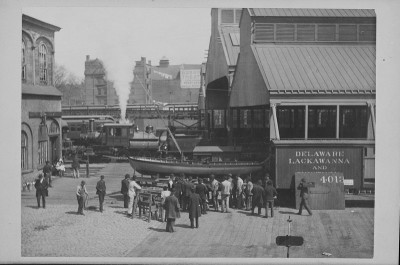
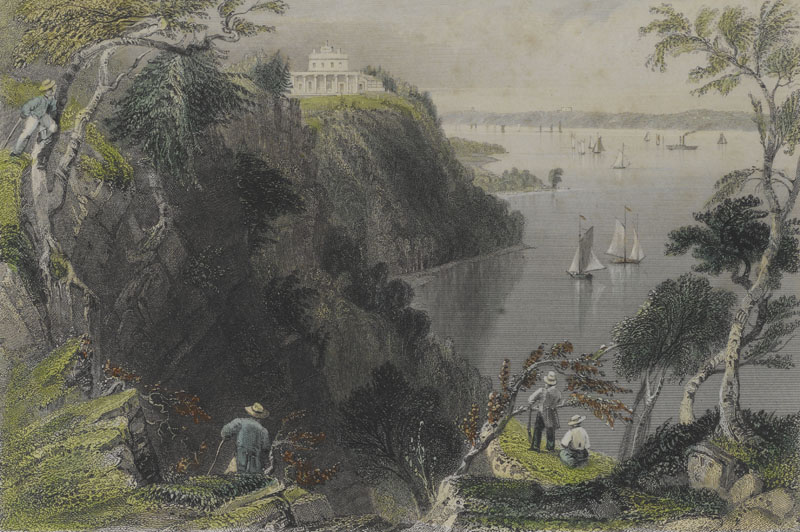
 Previous Article
Previous Article Next Article
Next Article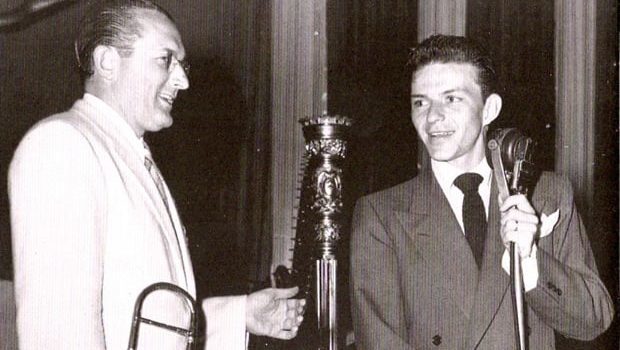 FRIDAYS ARE FOR FRANK: “You Might Have Belonged To Another” (w/ The Tommy Dorsey Orchestra)
FRIDAYS ARE FOR FRANK: “You Might Have Belonged To Another” (w/ The Tommy Dorsey Orchestra) 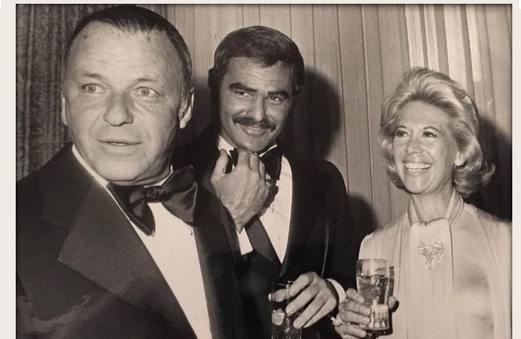 FRIDAYS ARE FOR FRANK: Cannonball Run II (feat. Burt Reynolds)
FRIDAYS ARE FOR FRANK: Cannonball Run II (feat. Burt Reynolds)  Picturing Hoboken: A Haven for Artists
Picturing Hoboken: A Haven for Artists 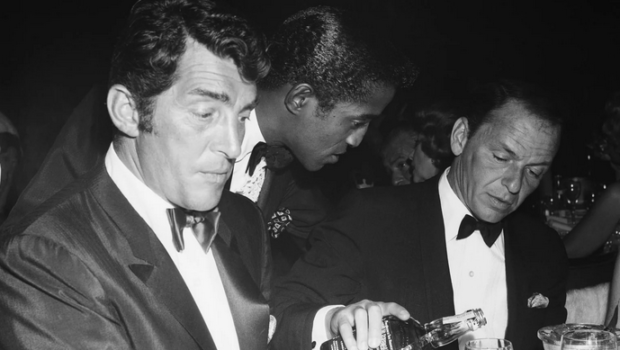 FRIDAYS ARE FOR FRANK: “River Stay ‘Way From My Door” (Flash Flood Edition)
FRIDAYS ARE FOR FRANK: “River Stay ‘Way From My Door” (Flash Flood Edition) 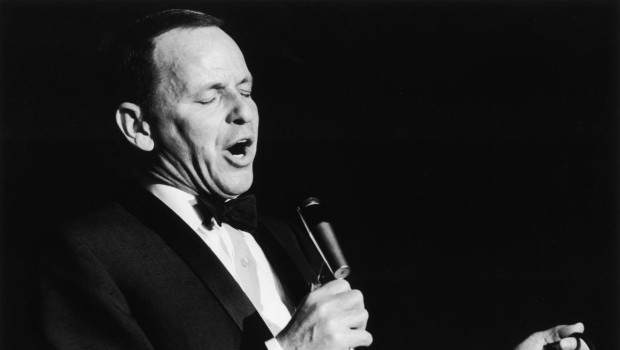 FRIDAYS ARE FOR FRANK: “That’s Life”
FRIDAYS ARE FOR FRANK: “That’s Life” 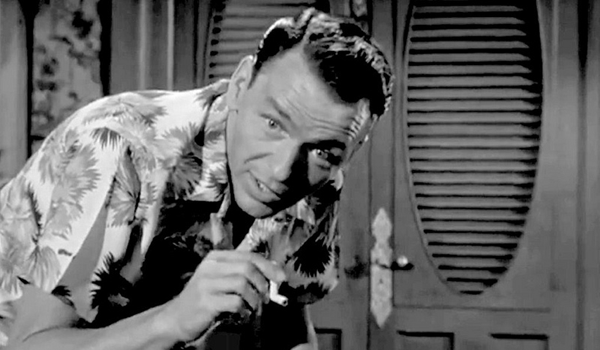 FRIDAYS ARE FOR FRANK: “There Are Such Things” — Sinatra Gold Toilet Up For Auction
FRIDAYS ARE FOR FRANK: “There Are Such Things” — Sinatra Gold Toilet Up For Auction  FRIDAYS ARE FOR FRANK: “Baby Blue Eyes… May The First Voice You Hear Be Mine”
FRIDAYS ARE FOR FRANK: “Baby Blue Eyes… May The First Voice You Hear Be Mine”  FRIDAYS ARE FOR FRANK: “Imagination” (feat. Tommy Dorsey Orchestra)
FRIDAYS ARE FOR FRANK: “Imagination” (feat. Tommy Dorsey Orchestra)